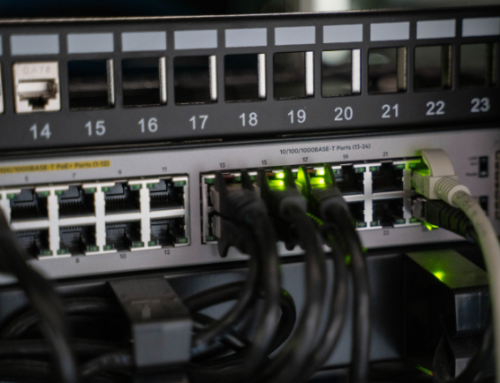Take 4 minutes to read this article
This post was contributed by CentricsIT Account Executive Davis Fisher. Davis is a data center solutions expert who specializes in cost reduction and IT lifecycle optimization. He works from the CentricsIT office in Charlotte, NC (USA).
The holiday season tends to arrive a lot quicker than any of us expect, year over year. As soon as we finish that last turkey slice and enjoy that final glass of eggnog, our minds undoubtedly think about how it’s going to be another year before we get to gather with family and exchange gifts again. Yet every year seems to get shorter and shorter, and those good times roll around quicker than we expect.
The same goes for budget planning within the corporate world, and if you’re one who oversees any amount of spend at your organization, you know this all too well. Maybe budget planning happens once a year or once a quarter for you but regardless, there always seem to be hidden expenses. How do we start to get ahead of this in a more efficient way, so that we not only forecast properly but put our companies in better positions to succeed by helping lower costs?
For IT departments, it starts with an IT infrastructure audit.
With 2018 approaching, now is the time to look at it. What’s beautiful about this is that you can do it at any point in the year, even if you just finished a big spend and don’t have another coming up for a while. An audit will show you areas where you can reduce costs, thus not necessarily having to wait for budget approval to go and purchase new equipment or services.
In short, an audit identifies underutilized assets that can be repurposed or retired completely, while also uncovering assets that have a lapsed or overlapping maintenance contracts. The focus?
- The age of the technology in an organization’s environment
- Detailed analysis of the current hardware’s functionality
- A report of any warning lights or error codes found
- Recommended fixes and upgrades
Upon conclusion, the data is gathered in a report that addresses the total cost of ownership. Finally, solutions are presented around hardware maintenance agreements, decommissioning assets, and getting value back for the equipment that you no longer need.
 |
| Davis Fisher Account Executive |
Take SMARTnet agreements for example–these often come up at the end of the year for many establishments, and this is one area alone that, if managed properly, can make you a hero around the office and in the eyes of senior executives. By determining which assets should remain under Cisco support and which ones should move to an independent support model, you will put dollars back in your pocket instead of throwing them away. But you can only do this if you know what assets you have and where each one is in the lifecycle.
That’s just one example.
Most IT leaders today are tasked with doing more with less. How awesome is that position to be in!? But seriously, it’s not so bad if you can align yourself with a strategic partner that can help you do more with less and actually have resources left over for other initiatives. Enter CentricsIT.
I’ll leave you with this: Most SMB to Enterprise level organizations have multiple locations around the country (and globe) and fail to have a complete grasp on their IT environments. So you’re not alone. The bigger the company the more room for error and overspending.
I had a call recently during which we were informed that not only did this $932M company have multiple locations with assets scattered all over, but they had two separate verticals internally where one couldn’t tell the other what assets they were working with. That’s a problem.
The key is getting out in front of this before you get locked in to another year, two, five-year contract for support that you can source for less.
Be a hero and take a step in the right direction—for yourself and your firm.
If you are ready to begin your 2018 planning with an infrastructure audit, you can email Davis directly here to start the conversation.




